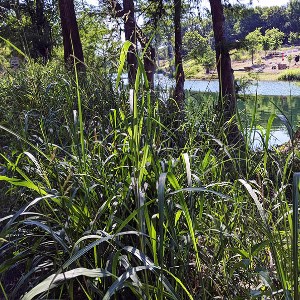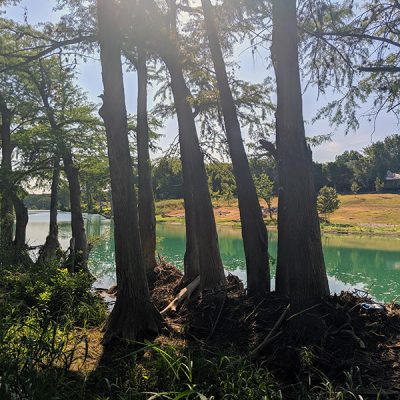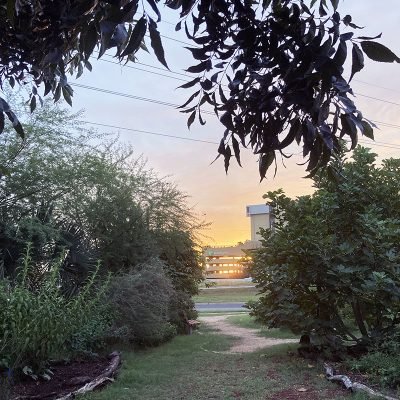Take a walk outside and note how many native trees you see. One way of spotting native trees is to count the number of birds in them. Your local bird knows which trees support the most caterpillars, so that is where you’ll find the most birds.
A single native tree can harbor hundreds of species of caterpillars. Oak trees are renowned for housing at least 530 different caterpillars, along with other insects that make a fine meal for birds and their babies.
Images courtesy of Robert Currie and Salwa Khan

The caterpillars are largely those of moths, but some may be butterfly caterpillars. In addition, trees are home to beetles, spiders, aphids, flies, mites, leafhoppers, centipedes, and other insects. This treasure of tasty food attracts a variety of colorful songbirds, of the kind that bird-lovers and others enjoy watching.
This points to something we all need to do, which is to plant native trees! Plant natives, whether trees, shrubs, wildflowers, or grasses.
No matter where you live, there are many plants, native to your region, that will add color and life to your outdoor spaces, whether you live on acres of land or in an apartment, perhaps with a balcony. Choosing a diversity of plants is important, but most important is that the plants are native to your area.
You may have heard of entomologist Doug Tallamy. He is a professor in the Department of Entomology and Wildlife Ecology at the University of Delaware.
Tallamy is also a dedicated conservationist who has written and co-authored many books and papers in which he stresses the importance of the connecting food webs between plants and insects and birds and other wildlife. These connections are vital for the health of our soil, water and air, and for the Earth itself.


Wildlife populations are on the decline, as the native plants they depend on are removed altogether by us humans, or replaced with plants that are not native to the region.
This is why it is so important for anyone who stewards any piece of soil, on acres, or in a flowerpot, to plant natives. A diversity of native plants invites wildlife and nurtures the soil organisms that are responsible for the health of the soil.
Along with Michelle Alfandari, Tallamy co-founded what he calls the Homegrown National Park. Here’s the idea: each of us can become a dedicated conservationist by planting natives and creating conservation corridors that provide a safe home for native wildlife. It is an easy thing to do and when you do it, you will be part of a new ecological network, a Homegrown National Park.
The Homegrown National Park is a practical and effective way to celebrate land conservation across the United States. It is your chance to do something important for yourself, for your children, family and friends, and for future generations. You will be re-generating a biodiverse environment and helping to fight the extinction of native wildlife species.
Listen to Doug Tallamy on the Mothering Earth podcast, and then please take the next step and join the Homegrown National Park! https://homegrownnationalpark.org/
Find the native plants in your region: https://homegrownnationalpark.org/native-plants-finder
@HNPontheMap #biodiversity #insects #SaveThePlanet #nativeplant
